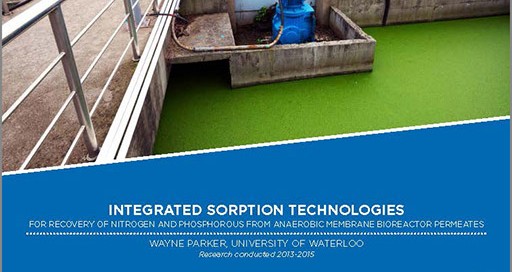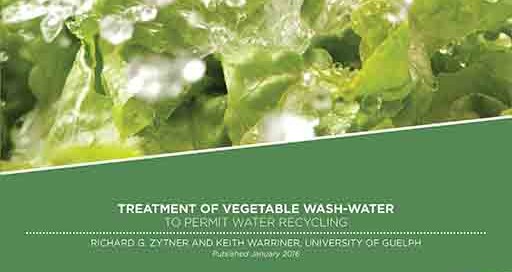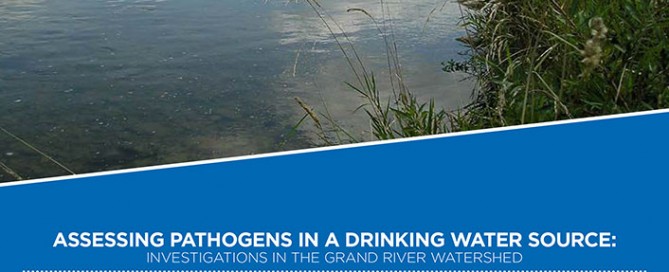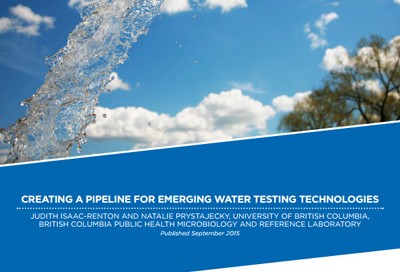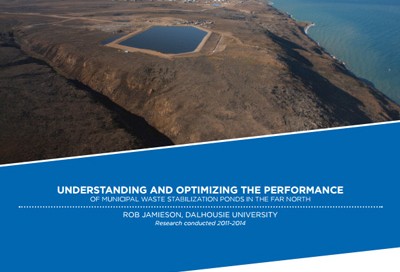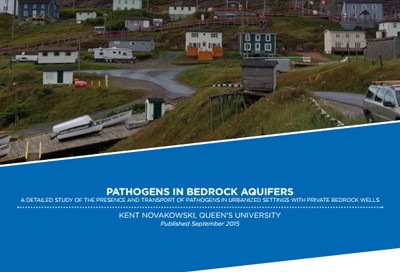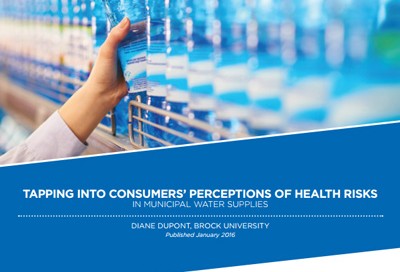Integrated Sorption Technologies for Recovery of Nitrogen and Phosphorous from Anaerobic Membrane Bioreactor Permeates
Municipal utilities spend considerable time, energy and chemicals to remove phosphorous and nitrogen compounds like ammonia and ammonium from municipal wastewaters. Removing these nutrients is expensive and often not commercially feasible; however, even in low concentrations phosphorous and nitrogen can degrade water quality. This 2013-2015 project created an effluent of specific, elevated, concentrated feedstock amenable [...]


